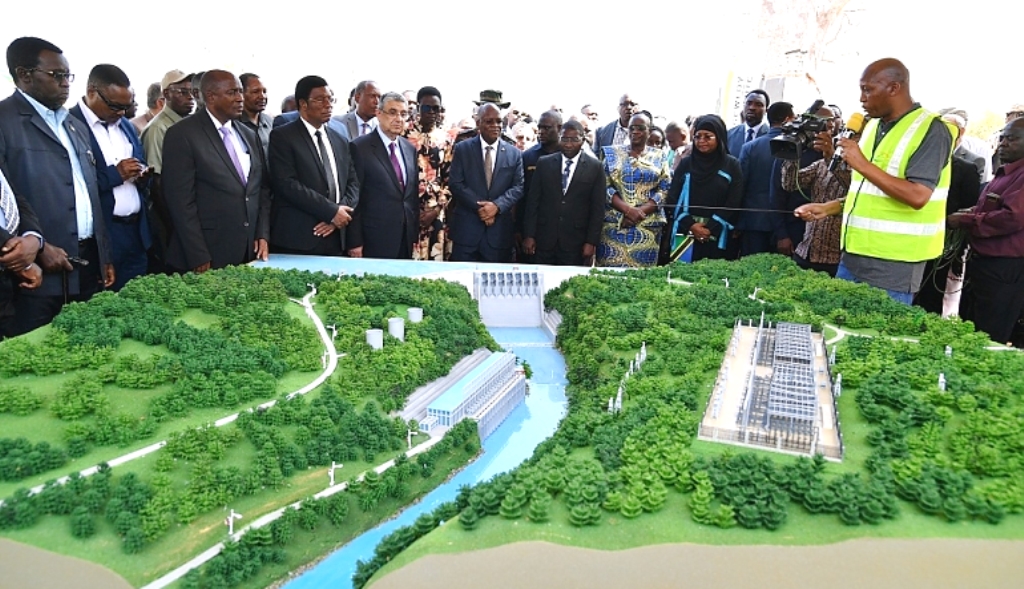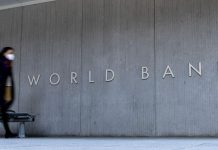Author: BERNARD LUGONGO
AfricaPress-Tanzania: MAJOR development projects have fast tracked Tanzania to attainment middle-income status and resulting into creation of more jobs to raise individuals’ incomes.
Tanzania, which the World Bank on Wednesday declared as one of the newest member in the group of countries with lower-middle-income status, has for the past five years in the fifth phase government been undertaking key projects aimed at stimulating industrialisation and consequently, enhance ranking into the middleincome economy-a projection was to attain the status by 2025.
However, according to the Chief Government Spokesperson Dr Hassan Abbasi, even before starting to operate, ongoing construction of the projects alone have been a factor behind the success story for the country to march into the middle economy ahead of schedule.
The most notable projects are the Standard Gauge Railway (SGR) and Julius Nyerere Hydropower as well as several major road infrastructures projects.
“We have allocated a lot of funds to these projects, which to a large extent have enabled Tanzanians to get employments and earn them more income. We have made ordinary citizens earn more income and boost their purchasing power,” Dr Abbasi explained.
Going into each item, he said the ongoing implementation of Julius Nyerere Hydropower project, which will be producing 2115 megawatts, has created over 3500 jobs.
“These Tanzanians earn income from this project, therefore, it has an immense contribution for Tanzania to meet the criteria and become middle-income country,” he added.
The project is constructed along the Rufiji River, Coast Region, by a joint venture of Egyptian companies, Arab Contractors and El Sewedy Electric Co at a cost of 3.6 billion US dollars, (around 6.5tri/-).
For instance, in the Ministry of Energy 2020/21 budget, the Parliament endorsed them over 2tri/-for their development activities.
The government spokesperson also argued that Tanzania has also so far reaped economic benefits from the construction of the (SGR), project.
This ranges from the number of employments it created, increasing market of locally made construction raw materials and using several other services offered by local companies.
He said over 8, 000 Tanzanians have been employed in the construction in several sections of Dar es Salaam-Morogoro and Morogoro-Makutupora subways.
The Tanzania Railway Corporation (TRC) recently said the ongoing construction project of the SGR first phase from Dar es Salaam to Morogoro poured US dollar 307 million (707.3bn/-) into Tanzania’s economy by March this year, through local subcontractors, suppliers as well as service providers.
The TRC further expects that over 2tri/-would have been spent locally by end of the project, and thus boosting the circulation of money in the country.
On other hand, in the past five years the country saw construction of many road infrastructures, regional and district roads, which according to Dr Abbasi have helped boost individual revenues.
In totality, during the past four years plus, the current government has accomplished construction of a new tarmac road network of 3,500 kilometres, thus making a country have a total of 12,964 kilometres of tarmac road network.
The roads have further facilitated trade between the regions and districts through easy movement of goods and services. According to President John Magufuli, more than 2,000 kilometreas of other roads are still under construction.
When dissolving the 11th Parliament in Dodoma last month, President Magufuli said for the first time in the country’s history, the government has managed to construct flyovers and interchanges in Dar es Salaam city in order to ease transport congestion, which was affecting country’s economy.
According to estimates of the National Bureau Statistics (NBS), a total of 411.55bn/- was lost in the year 2013 due to this congestion.







